This week in Extra Punctuation, Yahtzee coins the term “ghost train ride” to describe a template for a certain type of cinematic AAA video game, like Marvel’s Guardians of the Galaxy, Tomb Raider, or Uncharted.
Extra Punctuation Transcript
The sad thing about mainstream video games these days is that it’s no longer a craftsman’s industry, really. While the technology was still developing everything had to be built from the ground up. Developers usually coded their own engine, created all the art assets and sounds – I can’t find a source right now but I remember reading that the underwater explosion sound in Quake was created by wrapping a condom around a microphone and sticking it in a bath. That’s a fun story. They made the explodey head effect in the movie Scanners by filling a fake head with dogfood and blasting it with a shotgun. That’s a fun story, too. A lot more fun than “we downloaded it from a library” or “we just used CG.”
Games were a bit ramshackle back then when developers were inventing various janky workarounds to get a 2D image to look like a 3D wall, but it meant every game had a sort of bespoke character to it. Nowadays, triple-A games are terribly complicated things and making the texture for every last leaf on every bush just isn’t feasible within most development time frames. So what do you do when you need to produce a lot of complicated things in a short time? You invent mass production. Templates. Standard processes. Factory lines. So now games use preexisting engines, preexisting art, second-hand IPs, and gameplay mechanics cobbled together from popular established formulas. Which has made games generally stabler and easier to churn out since they’re basically being constructed from flat packs, but it’s at the cost of their artisanal uniqueness.
As a chronicler of video games and their many degrees and flavours of shittiness I’ve occasionally found it convenient to coin shorthand terms for specific overused gameplay templates. Such as the term Jiminy Cockthroat, to mean “Open world stealth action with crafting and collectibles,” or Spunkgargleweewee to mean “contemporary military shooter displaying an unsettling pro-war attitude and no apparent interest in being introspective about it.” And I’m pleased to report that I’ve got another one. See, I complained in the last episode that too many triple-A games are open worlds that tick all the same boxes, but then I realised that there’s another template triple-A falls back upon when they want to make a single player story-based game but don’t quite have the time or the QA budget for a full on open world. A template that I shall call “The Ghost Train Ride.”
Many thanks to Guardians of the Galaxy for helping solidify this in my head. Guardians of the Galaxy is very much a ghost train ride. The Tomb Raider reboots are ghost train rides. The Last Of Us is a ghost train ride, as are the Uncharted games. God of War 4 and Jedi Fallen Order have elements of ghost train ride but manage to transcend it in enough places. So what is a ghost train ride? Well, for one thing, it’s a game whose marketing blurb will probably use the word “cinematic.” In that, like a film, it’s completely linear and aggressively pulls you along a railroad of set pieces with only tenuous acknowledgements of interactivity. And I call it a ghost train ride because a ghost train ride consists of three distinct, separate elements. The Queue, the Thrill, and the Gift Shop.
The Queue is the buildup. Frequently the game will start off having you walk slowly through nicely dressed sets so you can take in the scenery and establish the characters with some dialogue. Invariably they’ll connect these areas with very narrow passages your character has to squeeze down so you don’t see the rendering engine laboriously unload the previous area and prepare the next, equally elaborate one. Sometimes you’ll have to navigate a sequence of ledge climbs and jumps, or solve something unironically termed a “puzzle.” But don’t be fooled. The climbing sequence is functionally just more corridor walking as there’s usually only one route to take and no way to fail. The puzzle is a test of basic observation skills at most because the solution is instantly obvious when you see the patch of ceiling whose flashing contextual button prompt indicates it’s compatible with your grappling hook.
Short diversions from the linear path can be taken to find hidden collectibles or upgrade points, but these are never very long and the game seems to get nervous if you explore them for too long, having your NPC support characters badger you for wasting time. For there always are NPC support characters, as they are the stewards of the ghost train, the Disneyland staff members whose job is to keep ushering the guests to the next tightly imagineered set piece.
So that’s the queue. Next come the thrills, when queuing is unexpectedly interrupted by peril. Maybe a a ledge collapses during a platforming sequence, or a monster ambushes and yanks the hero out of the very narrow passage they were squeezing down. What follows is a set piece just as linear as the queue but with the spicy threat of death and reload if we don’t make correct inputs. The monster chases us, necessitating we press the stick forwards. Or maybe we’re falling down a pit, or driving along a road, or sliding down a hill on our bum, that seems to be a popular one, and we have to bank around to avoid obstacles like it’s fucking Space Harrier. Or maybe they’ll just throw up their hands and drop a quick time event if they’re feeling very lazy.
The specific flavour of thrill varies but it will always force us into a specific action and half the time has nothing to do with the plot or with any decisions that any characters have made, peril just randomly strikes with an arbitrariness not suggestive of having been carefully placed by a director with a vision but because some kind of template or algorithm dictated that action must take place at this specific moment to maximise engagement.
The final element is the Gift Shop, and I call it that because it’s the moments when the piper must be paid. When the game can no longer avoid acknowledging the interactive nature of the medium and so must grudgingly let the player off the leash to run around sniffing a few butts. It’s time for some combat! This is where things vary the most from game to game. Maybe it’s hack and slash, maybe it’s a shooter, maybe cover based, maybe not. It’ll normally be paired with some kind of upgrade tree because that’s another thing that checks a box in the algorithm. It’ll let you unlock new attacks and buffs but it’ll never change anything fundamental in the combat. It’s not the sort of game that lets you specialise as a wizard in one playthrough and a barbarian in the next, although they’ll still refer to this as “RPG elements” with a straight face.
What all ghost train rides combat sections do have in common is that they’re always strictly contained to the current arena. All exits are sealed as you enter and won’t open until all the enemies are dead and the exciting music dies down. Unless this is a stealth action game and we have the option of sneaking past them all, but enemies will never follow you out of their assigned arena, and your safety is guaranteed once you’re squeezing through narrow caves again.
For you see the main characteristic of the ghost train ride is that it switches back and forth between queues, thrills and gift shops and these sections never overlap. All health is usually restored between sections. A given fight will never spill out of its arena, enemies in room B won’t be alerted if you fucked up stealthing through room A. Set pieces rarely occur due to any specific story reason, it’s all randomly collapsing platforms and copy pasted battles. You usually can’t pull your gun out during the queue section and fuck up some innocent bystanders. You’ll be lucky if it even lets you sprint. You see, this isn’t a smoothly integrated, organically escalating story or gameplay experience. This is a conveyer belt of disconnected encounters that can be easily chopped up and swapped around because its only intention is to keep droning on, ticking boxes and hitting targets until the algorithm says it’s gone on long enough and can now stop and let everyone off. It’s A ghost train ride.
Blimey, Yahtzee, the open worlds are overdone, the linear games are overdone, you just can’t be pleased where triple A’s concerned, can you. Maybe you should stick to indie games. The thing is, hypothetical listener, triple-A is supposed to be the fucking industry ambassador. The games that get all the mainstream coverage outside the enthusiast press. Is it so much to ask that all of gaming not be represented by cookie cutter identikit games that have impressive facades but once you get inside are universally kitted out with the same five pieces of IKEA furniture? If nothing else, it makes reviewing them all very boring. What am I supposed to critique, how tightly they put the screws in this time?

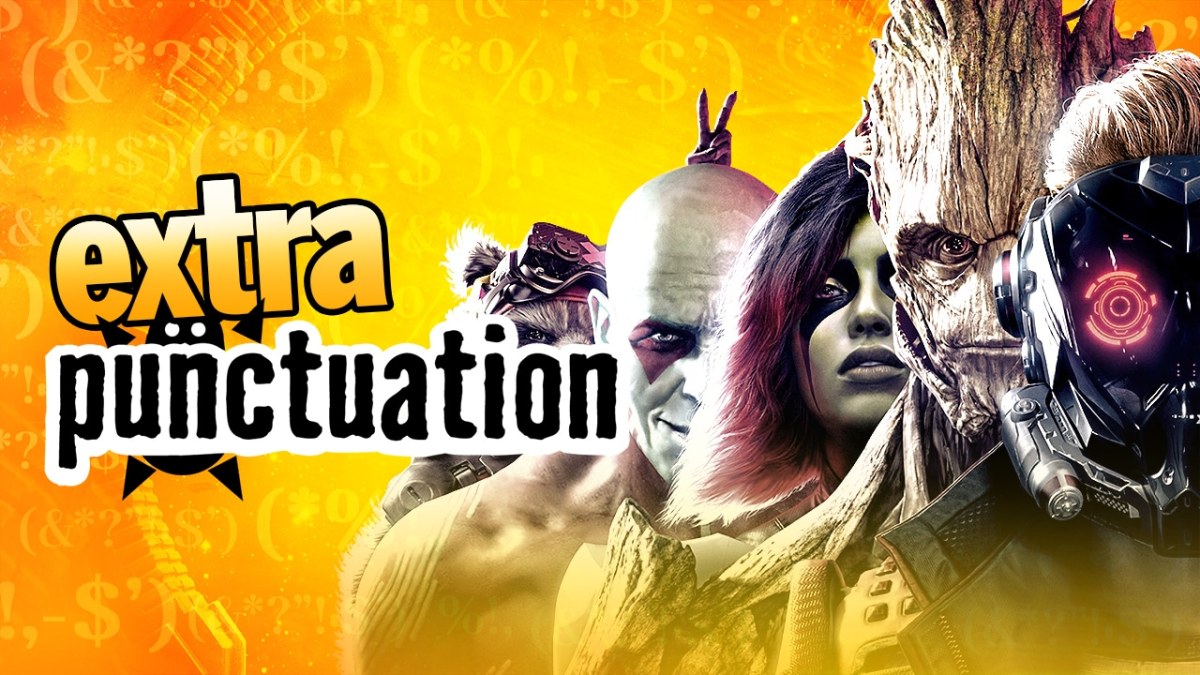
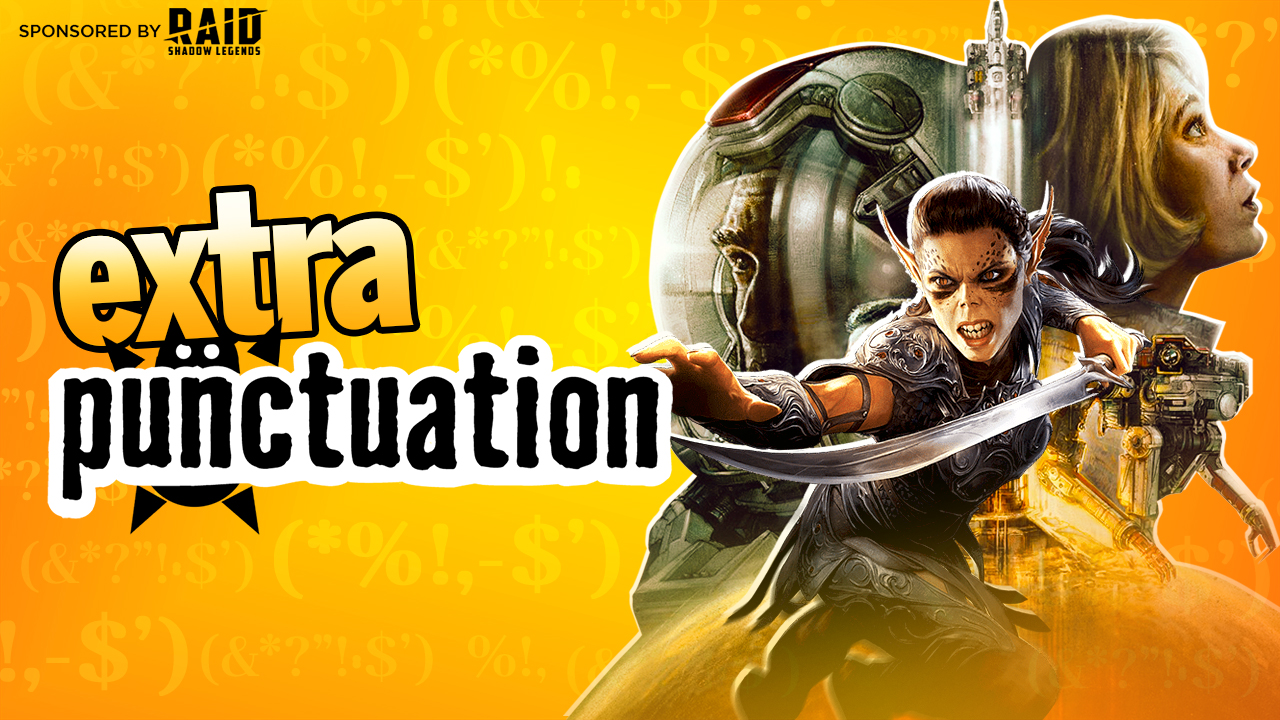
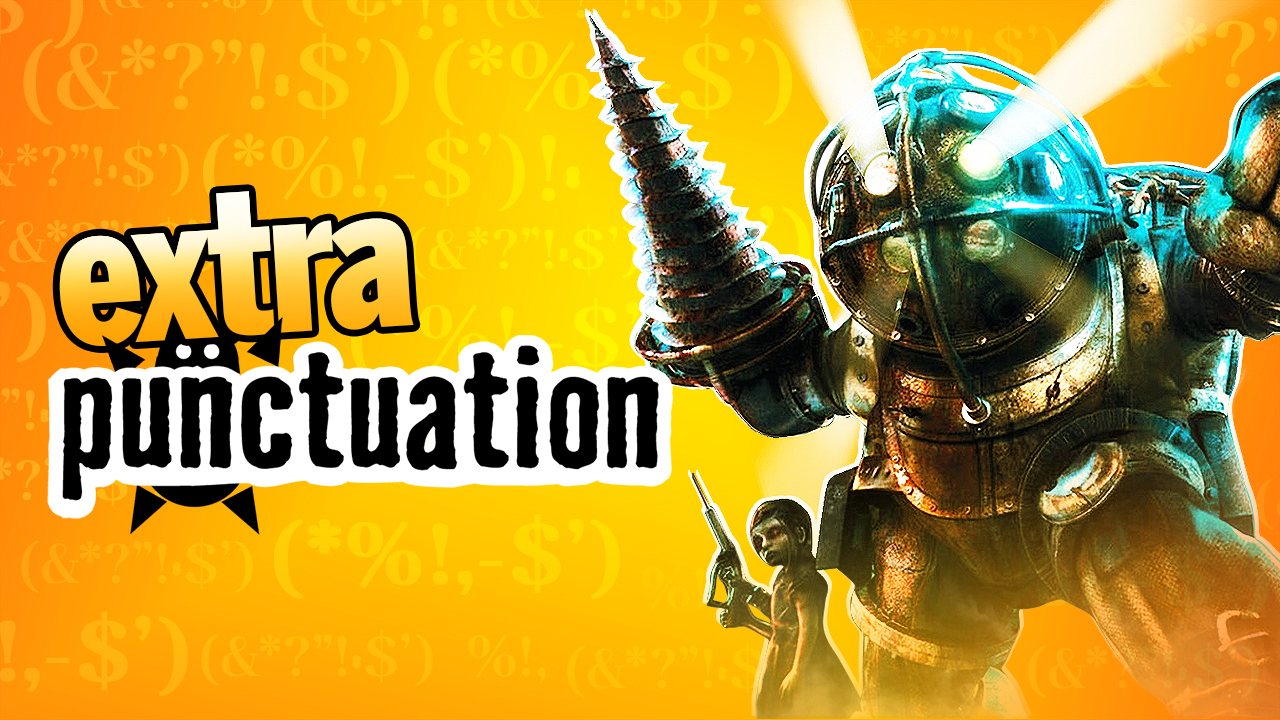
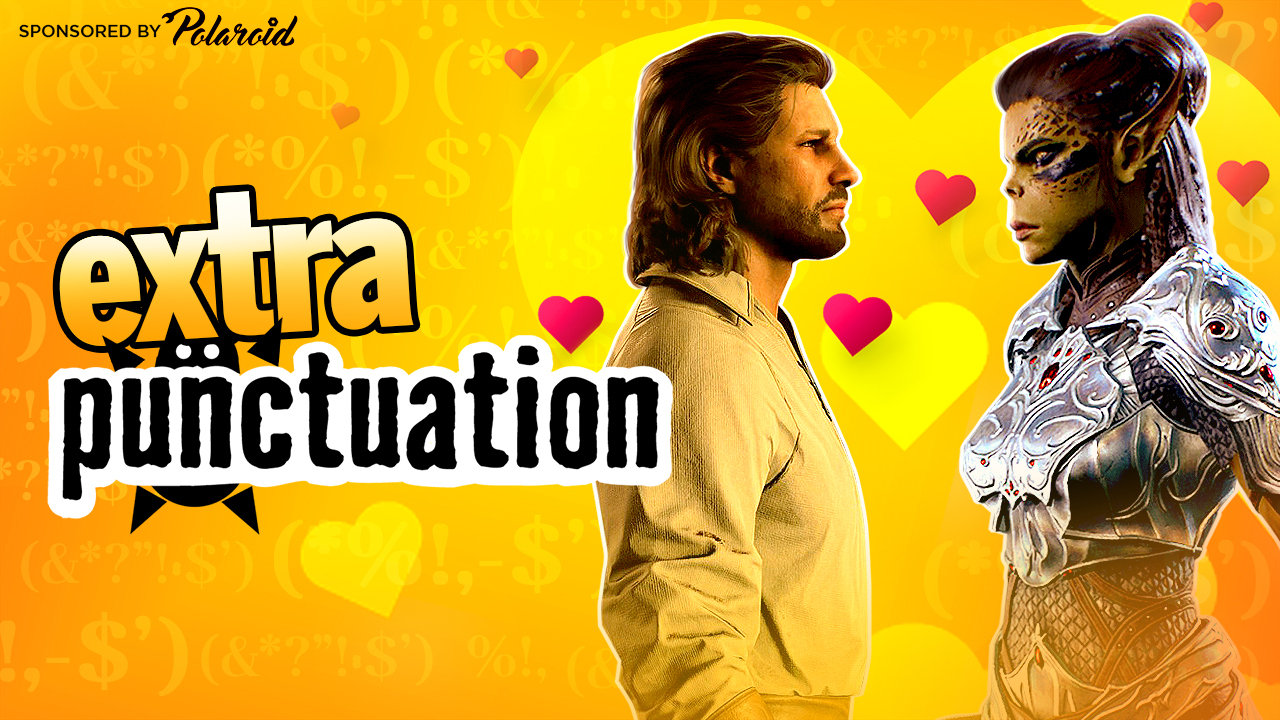
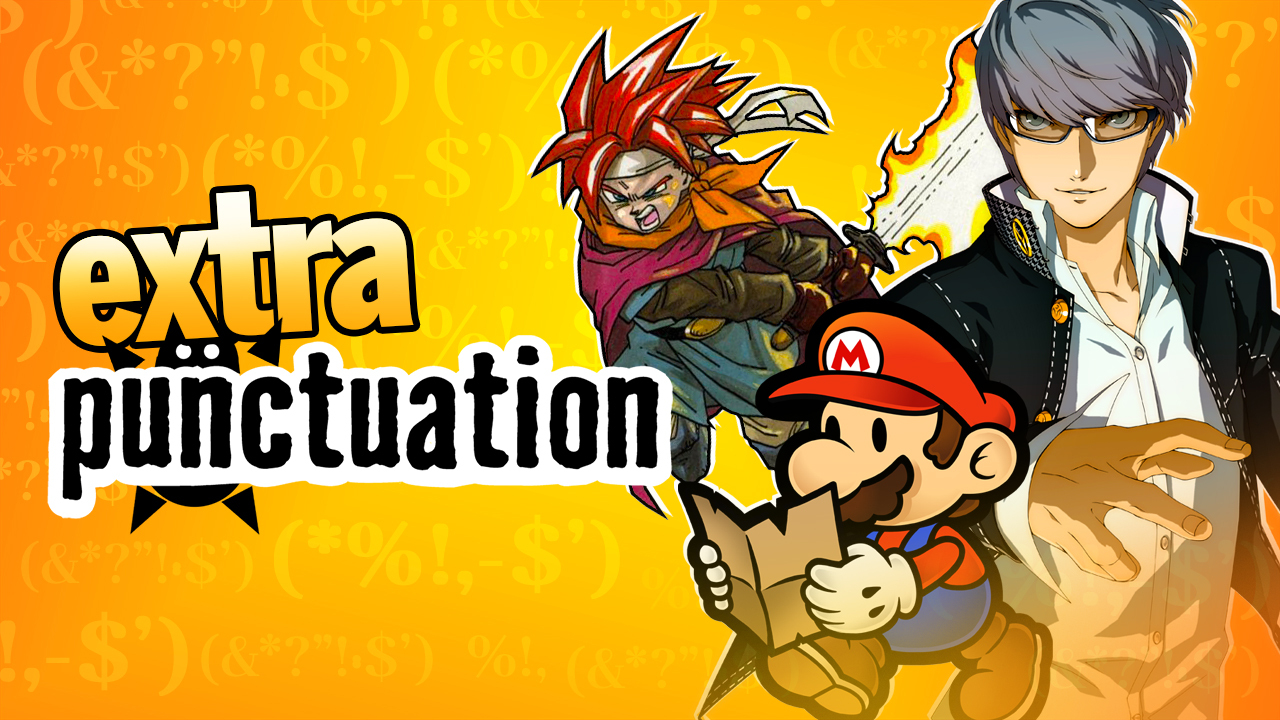
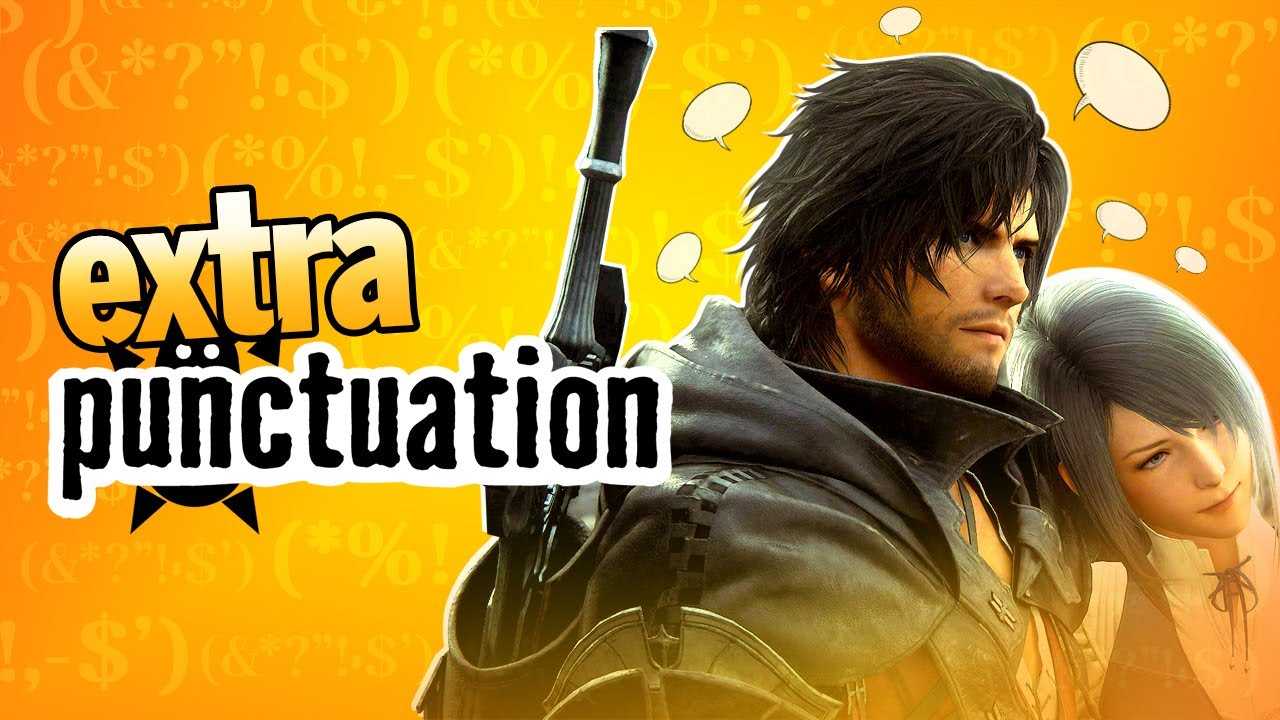
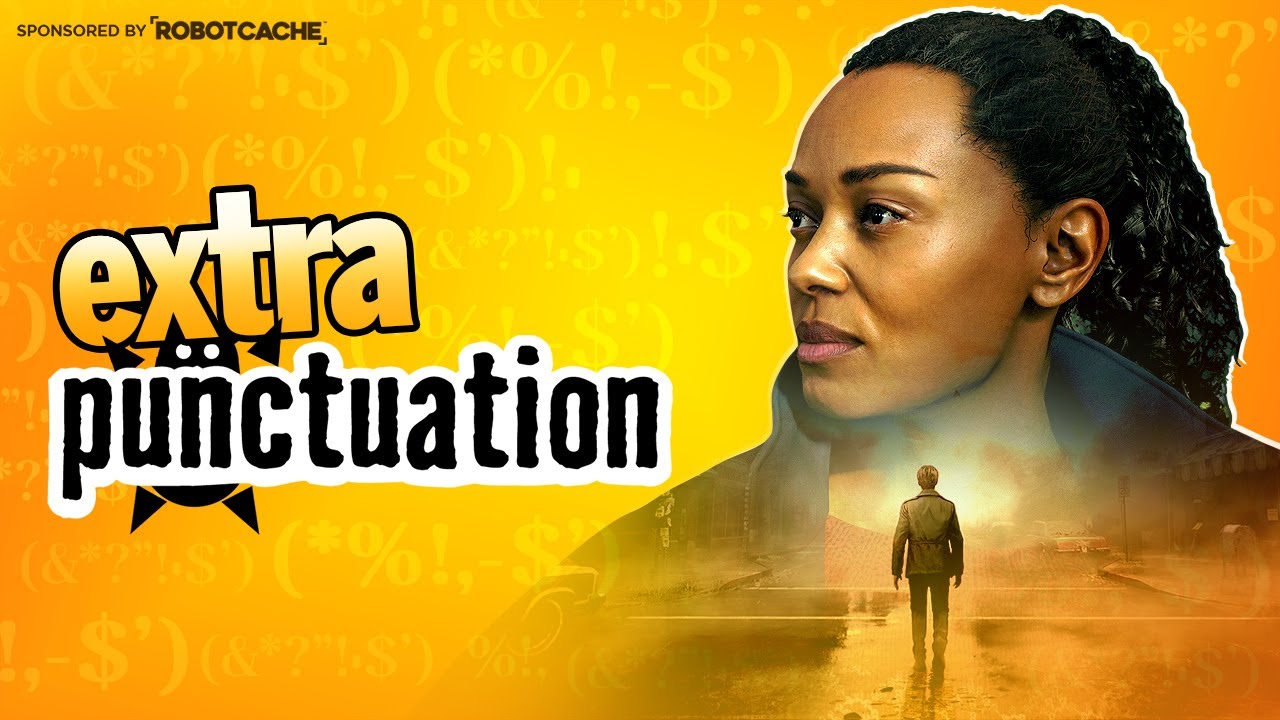
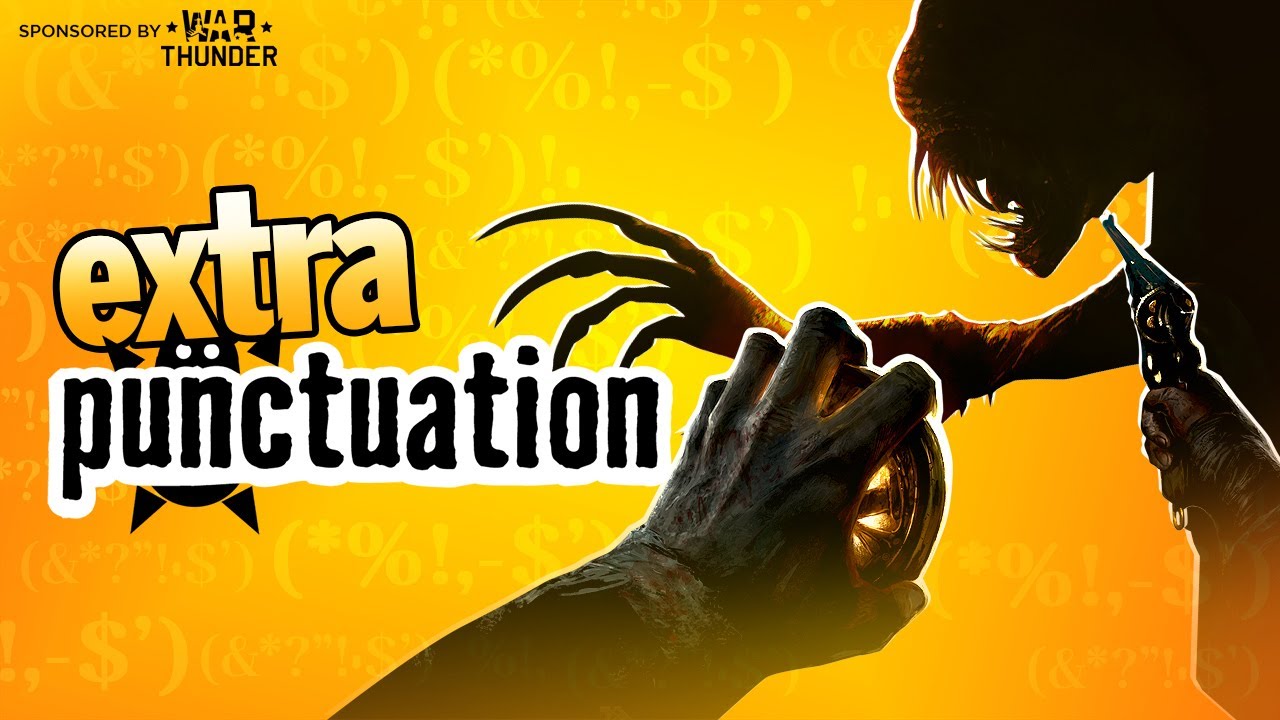
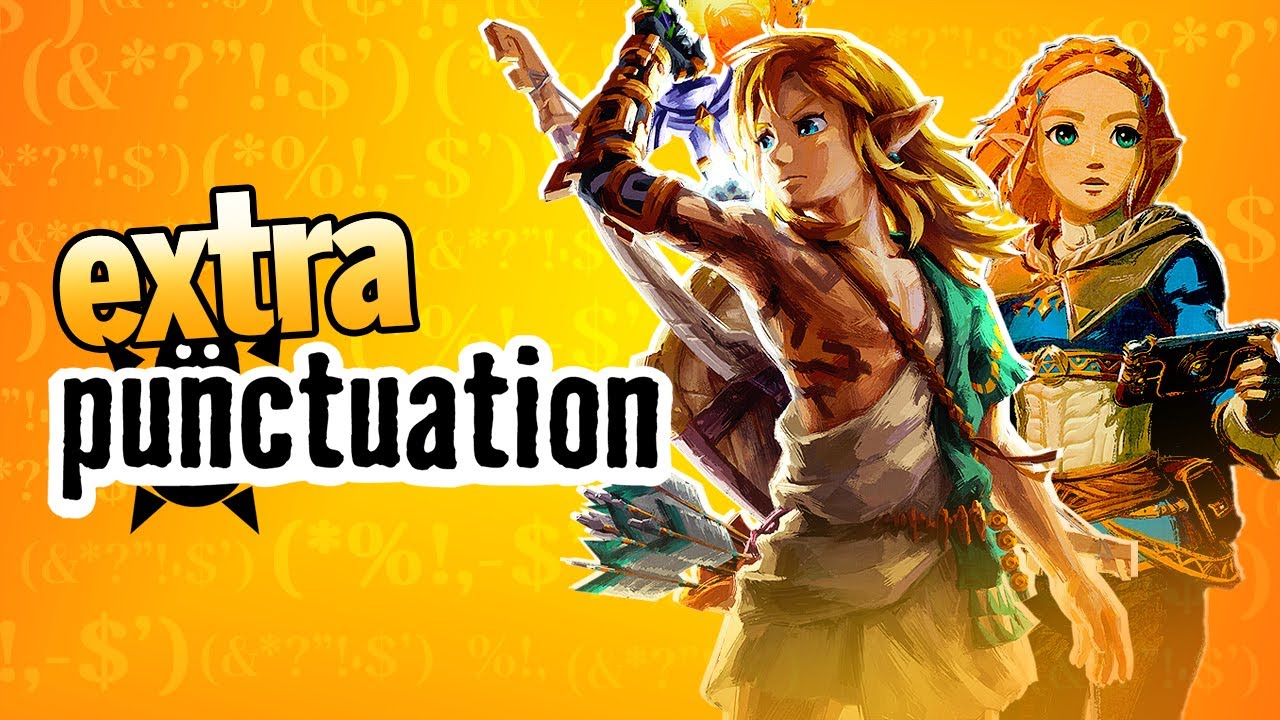
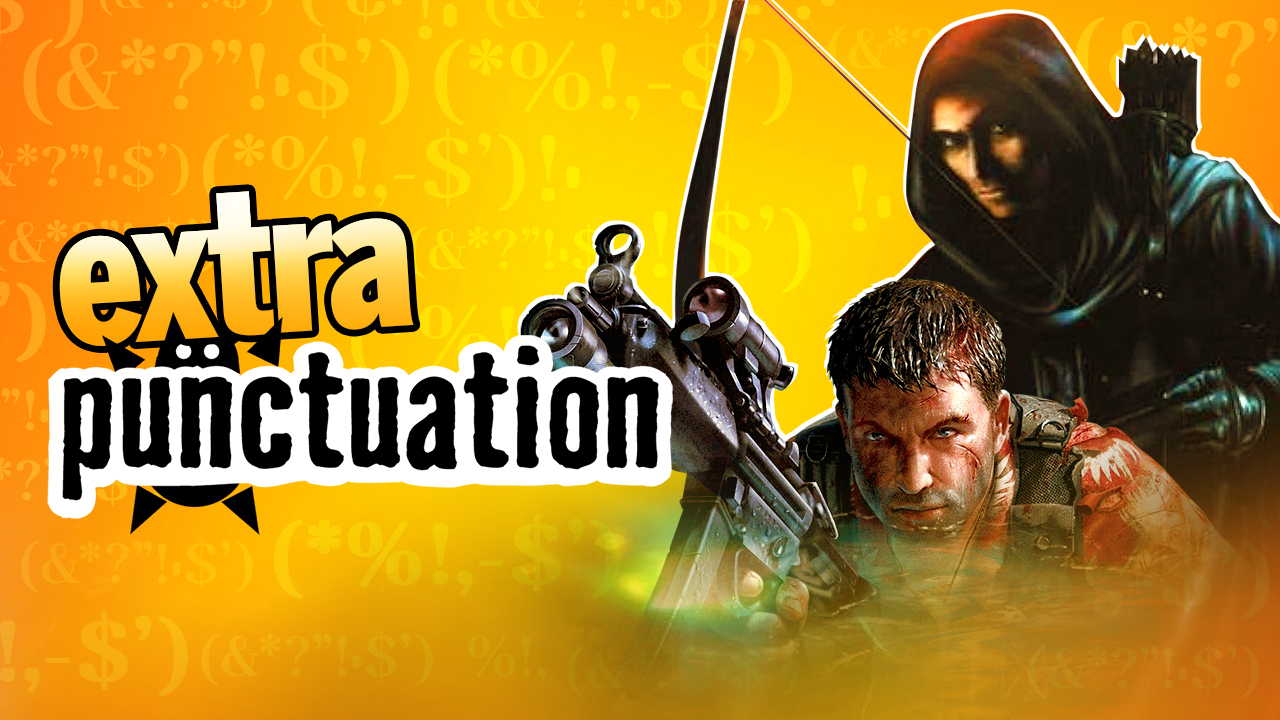
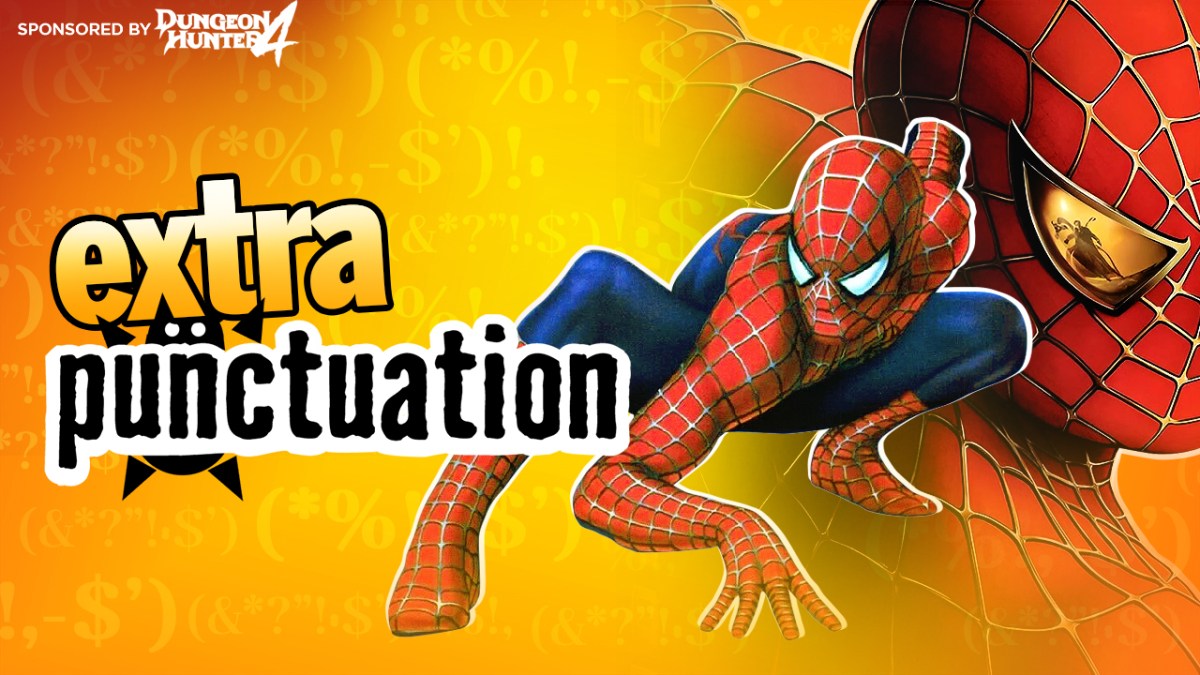
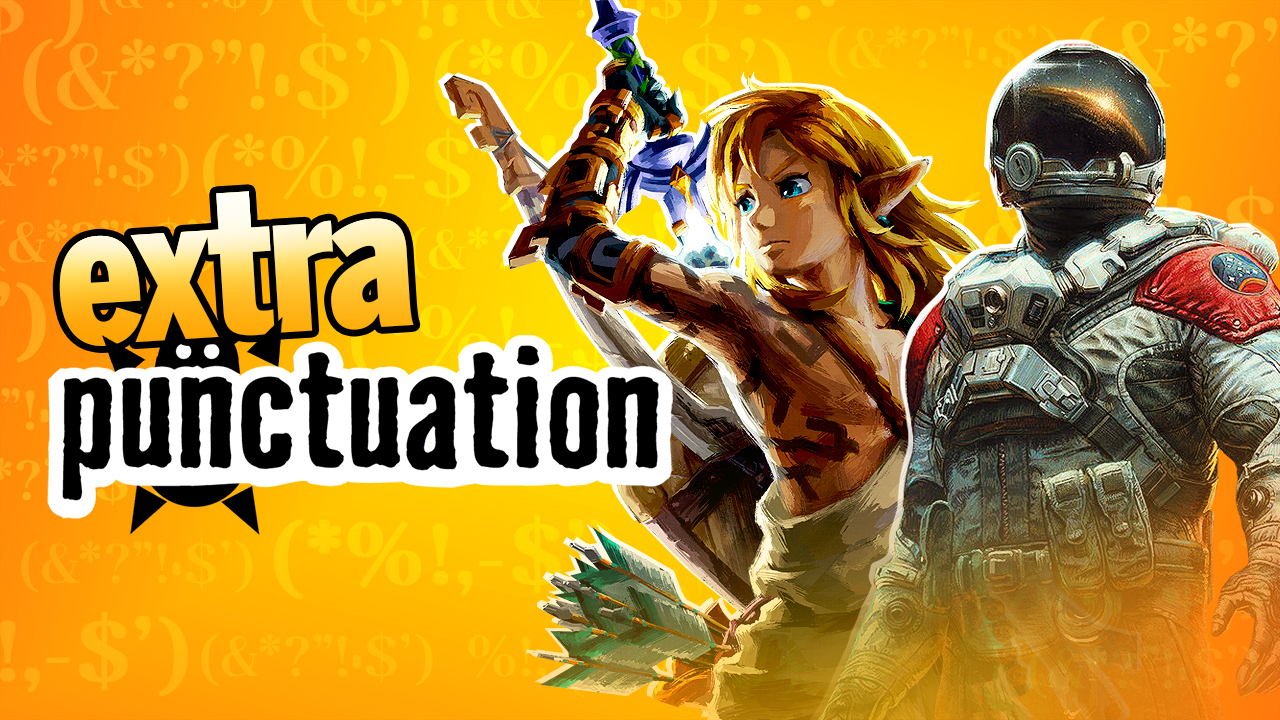

Published: Nov 18, 2021 4:00 PM UTC